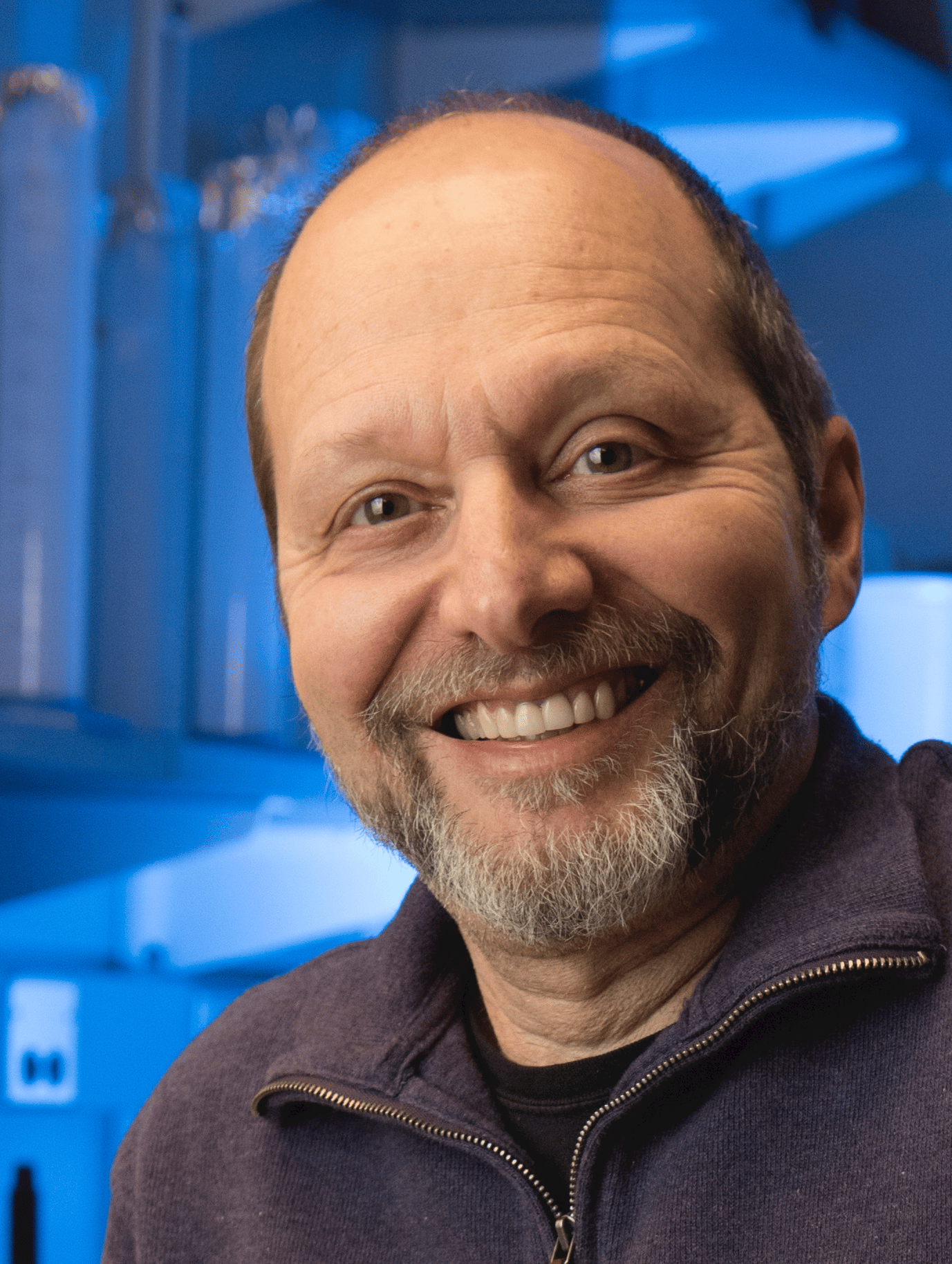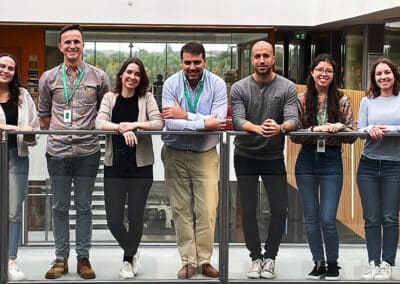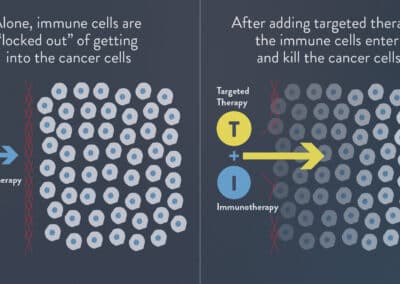Each year, the Osteosarcoma Institute (OSI) funds promising research from osteosarcoma investigators around the world in hopes of discovering novel osteosarcoma treatment options and an eventual cure.

Daniel Vallera, PhD
Daniel Vallera, PhD, is a professor of therapeutic radiology-radiation oncology at the University of Minnesota and the recipient of one of the OSI’s 2021 grants. Dr. Vallera and colleagues have developed an experimental treatment that multiplies naturally occurring immune cells, called natural killer (NK) cells, to better fight osteosarcoma.
In January 2023, Dr. Vallera’s research was used to begin treating dogs with osteosarcoma. As researchers learn more about the potential of NK cell therapy, Dr. Vallera is optimistic about an eventual human osteosarcoma clinical trial as well.
The Frontline spoke with Dr. Vallera to understand this experimental therapy.







